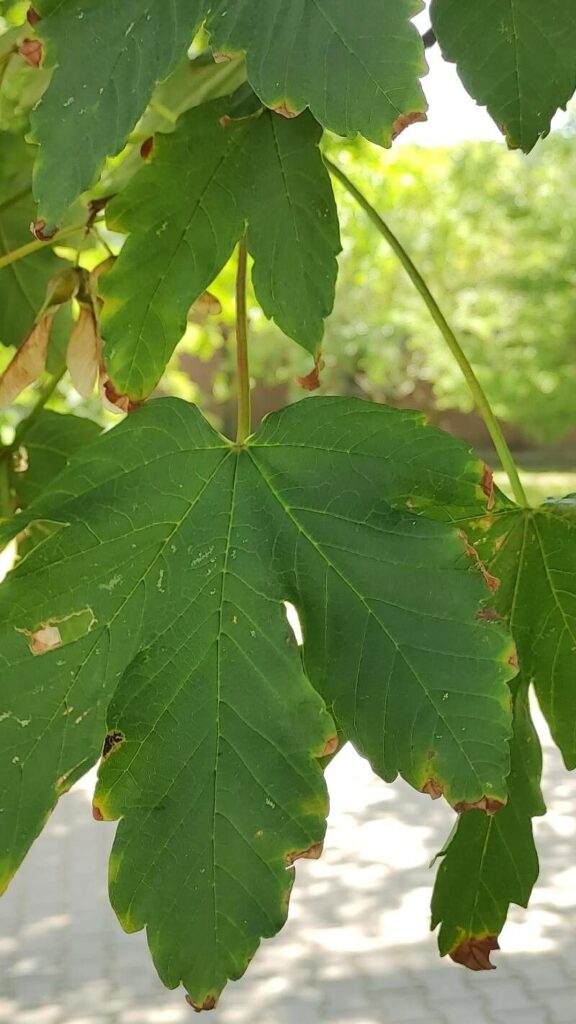Propagating Acer heldreichii: A Challenge Worth Embracing
Introduction:
Acer heldreichii, commonly known as Heldreich’s maple, is a striking deciduous tree prized for its distinctive, often contorted branches, attractive bark that often peels to reveal vibrant colours, and charming, small leaves. Native to the Balkan Peninsula, it displays exceptional resilience in challenging environments, making it a fascinating subject for gardeners and collectors. Its slow growth and unique aesthetic qualities contribute to its popularity, although propagating this species presents a unique set of challenges and rewards. While not as commonly cultivated as other maples, its intriguing characteristics make successful propagation a particularly satisfying achievement.
Seed Germination:
Seed germination is a viable method for propagating Acer heldreichii, but it presents significant hurdles. The seeds require a period of cold stratification to break dormancy, typically lasting 3-6 months. This process involves mixing the seeds with a moist medium (e.g., peat moss and perlite) and storing them in a refrigerator at temperatures between 2-5°C (35-41°F).
Challenges:
- Dormancy breaking: Achieving consistent and successful stratification is crucial, and improper conditions may lead to low or zero germination rates.
- Slow germination: Even with successful stratification, germination can be slow and uneven, taking several months.
- Seed viability: Seed viability may vary considerably depending on the source and storage conditions.
Practical Tips:
- Ensure seeds are collected from healthy, mature trees.
- Thoroughly clean and dry seeds before initiating stratification.
- Regularly monitor moisture levels during stratification, avoiding both dryness and waterlogging.
- Sow stratified seeds in well-draining seed-starting mix in a location with adequate light.
Rewards:
Successful seed germination offers the significant advantage of genetic diversity, yielding a wider range of phenotypes than other methods. It also permits large-scale propagation, though the long germination time needs to be factored into planning.
Cuttings:
Currently, there are no known reliable methods for propagating Acer heldreichii from cuttings. Hardwood and softwood cuttings have generally shown low success rates.
Division:
Division is not a practical method for propagating Acer heldreichii. This species develops a deep, extensive root system that is difficult to disrupt and successfully divide without causing significant damage.
Tissue Culture:
Tissue culture offers a potentially viable method for propagating Acer heldreichii, especially for preserving rare or desirable genotypes. However, establishing a reliable tissue culture protocol for this species requires specialized knowledge and equipment, making it largely inaccessible to the average home gardener. Successful tissue culture propagation typically involves rigorous sterile techniques and the use of plant growth regulators.
Challenges:
- Technical expertise: Specialized knowledge and laboratory facilities are essential.
- Cost: Tissue culture can be expensive due to equipment, media, and labor costs.
Rewards:
Tissue culture allows for the rapid and large-scale propagation of genetically uniform plants. This is particularly useful for preserving valuable cultivars or endangered populations.
Conclusion:
Propagating Acer heldreichii presents a unique challenge for plant enthusiasts. While seed germination is a possibility, it requires patience and precision. The other methods generally aren’t successful. However, the unique beauty and resilience of this maple make the endeavour rewarding. The satisfaction of nurturing a seedling from seed, or successfully employing tissue culture techniques, is immeasurable. While difficulties exist, the unique character of Heldreich’s maple encourages persistence. For aspiring propagators, starting with seed, alongside meticulous attention to detail regarding stratification, offers the most accessible route to success. The potential rewards—a uniquely beautiful tree cultivated with your own hands—are well worth the effort.
